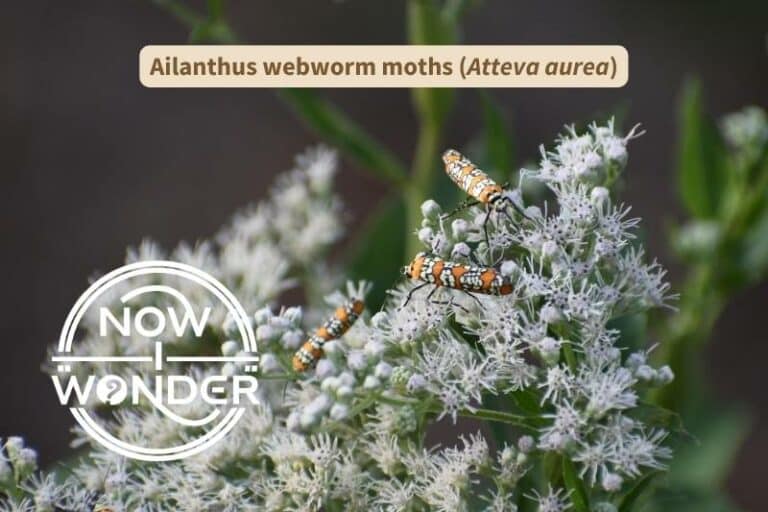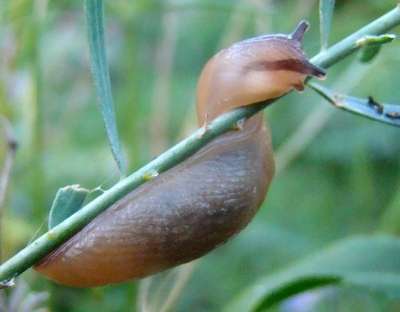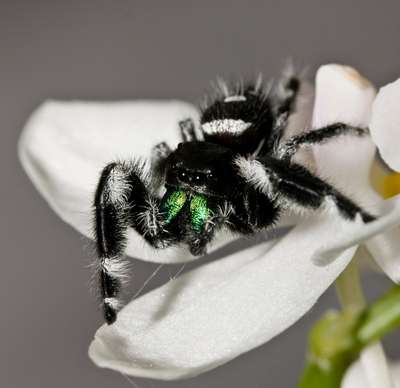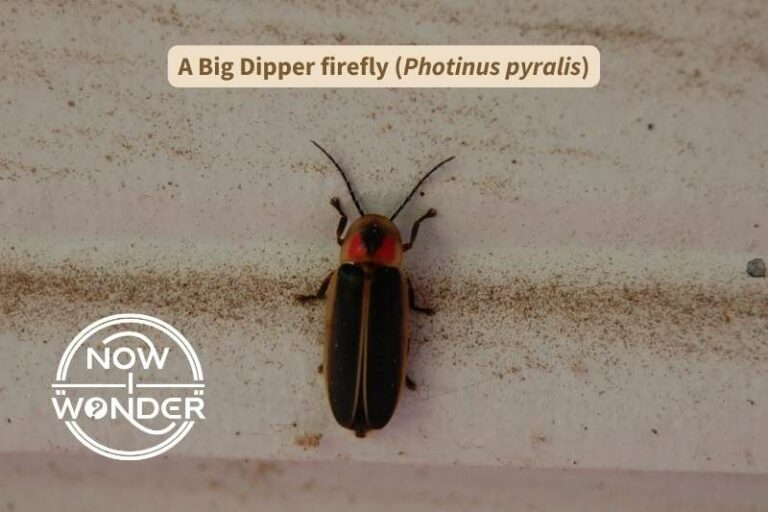Snakes have thrived on land for millions of years using the same basic body template: long and flexible, covered in scales, and – most strikingly – with none of the appendages we think of when we picture animals that swim. They can slither over and around nearly anything in their path and many can climb straight up rough-surfaced walls. But what happens in water? Can snakes swim?
Snakes can swim very well; many terrestrial species are so well adapted to a semi-aquatic lifestyle that they are commonly referred to as “water snakes”. Sea snakes of family Hydrophidae are marine reptiles and completely aquatic, many having foregone even laying their eggs on land.
Snakes account for approximately 35% of all known reptiles, with approximately 2700 identified species worldwide (LaGasse 2018) and more than 50 species are found in the southeastern United States (Gibbons and Dorcas 2015). This post focuses on how animals with no visible means of propulsion can swim so well.
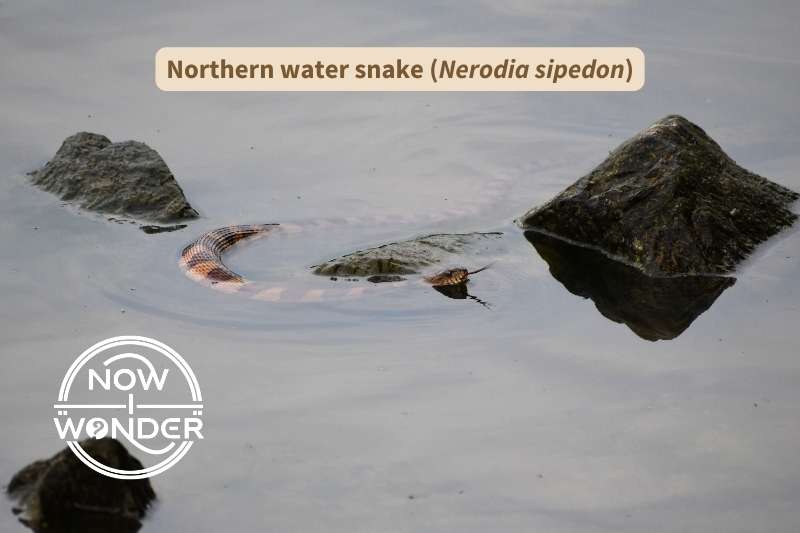
How snakes swim
Despite having no legs, arms, flippers, or fins, snakes can swim swiftly and easily. The secret to this skill lies in their mobility; especially the flexibility of their skeletons and the intricacy of their musculature.
Unlike humans, who stand upright and thus need strong, stacked backbones that can bear great weight and stabilize our bodies against gravity, snakes are oriented horizontally and slither around on their bellies. Freed from the need to avoid falling over, snakes evolved bodies that are much suppler and more flexible than ours.
Swimming requires an animal to maintain its desired position in the water, whether at the surface or submerged, and to propel itself as desired. Swimming is made possible by the high density of water and Newton’s third law of motion, which states “if two objects act on each other, the action force and the reaction force are equal and opposite” (Helicon 2018).
This means that when an animal pushes against water, the water resists the force and “pushes back”, which propels the animal through the water. Many animals swim by scooping water with flippers but snakes use a different approach; they push against the water with their entire bodies.
Scientists have identified four modes of locomotion in snakes: “rectilinear”, “concertina”, “sidewinding”, and “lateral undulatory” or “serpentine locomotion” (Halliday and Adler 2015). Snakes use this last mode to swim.
A swimming snake pushes its body into a series of “S” curves, starting with its head. Finely coordinated muscle contract and relax along the length of its body and shifts the “S” curves smoothly down its length. As each curve undulates down to the tail, the snake stretches its head forward to form another. The motion repeats, making it appear that the snake is slithering through the water.
The forward motion comes from the pressure of each curve against the water. As the snake pushes one section of its body out from the center line, that section pushes against the water, which resists. If the snake stopped there, it wouldn’t move forward at all, it would just move to the side. But by undulating the curves down the length of its body, it directs the pressure from the water along its long axis, which propels it forward.
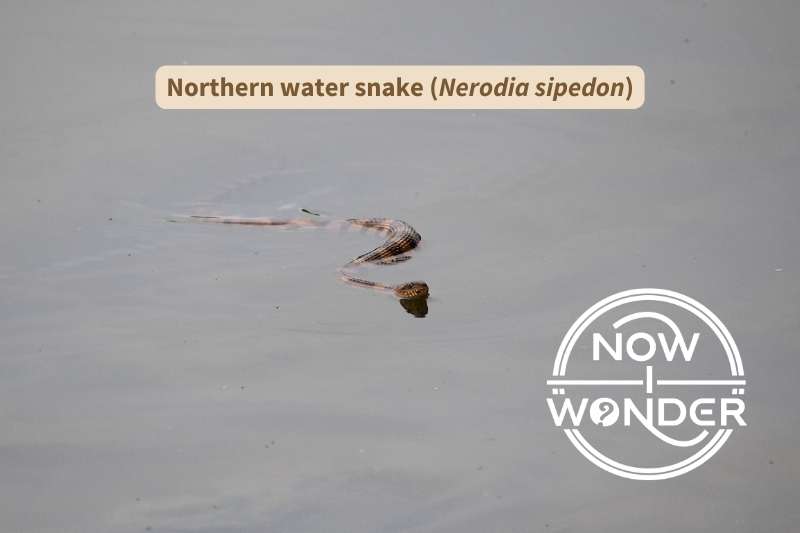
It is an ingenious solution to the lack of legs, fins, or flippers. And because undulating in this manner is such a natural movement for snakes, they don’t expend much more energy swimming in water than they must when slithering on land.
Can snakes breathe underwater?
The ability to swim is vital to any animal that enters the water but the goal of swimming is to function successfully while staying alive. Water is such a different medium than air and if snakes are so skilled in swimming in it, it is natural to wonder if they can breathe in it? Can snakes breathe underwater?
All snakes are reptiles and must breathe air but are excellent swimmers capable of keeping their heads above water. Many species are semi-aquatic; others, like sea snakes, are fully aquatic and able to remain submerged for long periods. However, all snakes must surface occasionally to breathe.
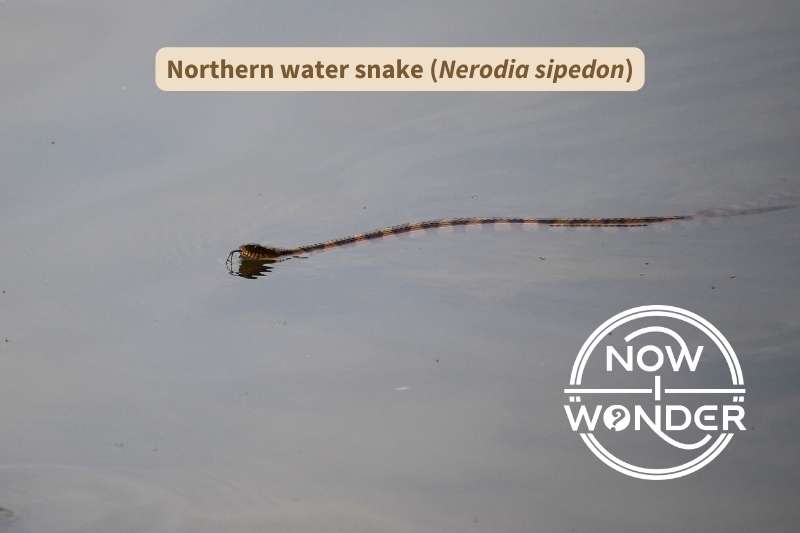
Snakes can be terrestrial, semi-aquatic, or fully aquatic.
Sea snakes and sea kraits are the two groups of marine snakes that are either fully or almost entirely aquatic. Sea snakes are classified in family Hydrophidae, while sea kraits are classified in family Elapidea (the same family as cobras). Both types of snake have very powerful venom which they use to subdue fish.
Their bodies have changed shape slightly over millions of years to be taller than they are wide and their tails have flattened out to function more effectively as oars and rudders. Sea snakes are so highly evolved to live in water that they never come out onto land, even giving live birth underwater. Some species of sea kraits leave the ocean only to lay their eggs.
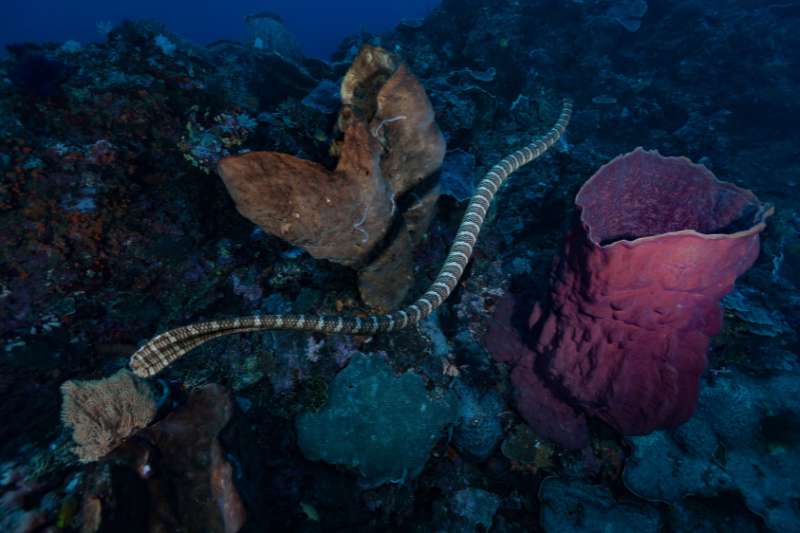
Sea snakes can absorb some dissolved oxygen directly from the water through their skin, have specialized lungs that end in a pouch that holds extra air, and nostrils that can be closed off with valves when submerged (Nichols et al. 2017). These adaptations allow them to remain submerged for up to 8 hours (LaGasse 2018). But even these superbly adapted snakes must still swim to the surface and breathe air into their lungs to live.
With only 71 species known (Nichols et al. 2017), they live mainly in the ocean around Indonesia, although the common sea snake (Pelamis platurus) can be found throughout the Pacific Ocean as far east at Mexico. None are known to inhabit the waters off the coast of the Carolinas or south through Florida.
Semi-aquatic snakes live in freshwater environments and the southeastern United States boasts an impressive number of watersnake species.
Common watersnakes in the southeastern United States include:
| Common Name | Scientific Name |
| Queen snake | Regina septemvittata |
| Southern banded watersnake | Nerodia fasciatus |
| Northern watersnake | Nerodia sipedon |
| Brown watersnake | Nerodia taxipilota |
| Plain-bellied watersnake | Nerodia erythrogaster |
| Rainbow snake | Farancia erytrogramma |
| Mud snake | Farancia abacura |
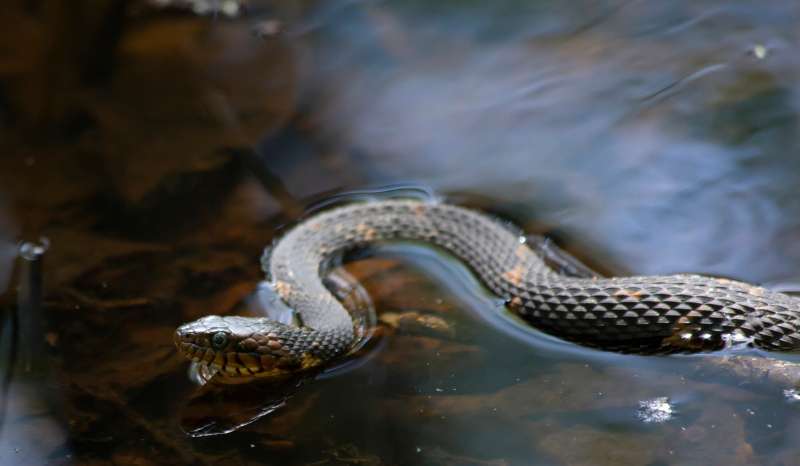
These animals prey on fish, frogs, salamanders, toads, and even larger animals such as birds and other snakes; most simply swallow their prey while it is still alive, like the queen and northern watersnakes (Gibbons and Dorcas 2015).
Other snakes found in the southeast are well-adapted to water, particularly the cottonmouth (Agkistrodon piscivorus), a dangerous and venomous pit viper, and the Burmese python (Python molurus bivittatus), a potentially huge and also dangerous invasive python found in large numbers, especially in Florida.
All snakes can swim and the species discussed above are particularly superb at doing so. These reptiles take full advantage of their skill and can be found near and in every pond, lake, reservoir, river, stream, swamp, flood plain, and marsh throughout the region.
Related Now I Wonder Posts
To learn more about snakes, check out these other Now I Wonder posts:
- Can you tell a snake is venomous by the shape of its head?
- Cottonmouths vs. water moccasins: What you need to know
- Do snakes eat other snakes?
- How do snakes move around?
- Can snakes climb trees?
- Why do snakes climb trees?
- Pythons, boas, anacondas: Meet the world’s biggest snakes
- What are the world’s biggest snakes afraid of?
References
Gibbons W, Dorcas M. 2015. Snakes of the southeast; revised edition. Athens (GA). University of Georgia Press.
Halliday T, Adler K. 2015. Firefly encyclopedia of reptiles and amphibians. 3rd ed. Windmill Books, Andromeda International.
Helicon, editor. 2018. The Hutchinson unabridged encyclopedia with atlas and weather guide. Helicon.
Nichols CR, Williams RG. 2017. Science encyclopedia: Encyclopedia of marine science. 2nd ed. Facts on File, Inc.
LaGasse P. 2017. The Columbia encyclopedia. 8th ed. Columbia University; Columbia University Press.

